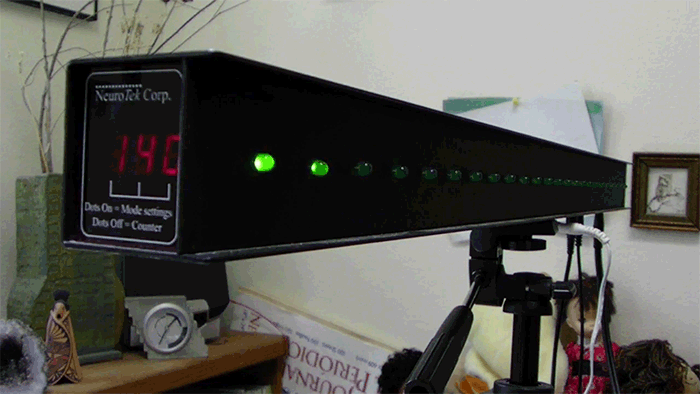EMDR combines different elements to maximize treatment effects. A full description of the theory, sequence of treatment, and research on protocols and active mechanisms. (references can be found in F. Shapiro (2001) Eye Movement Desensitization and Reprocessing: Basic principles, protocols, and procedures (2nd edition) New York: Guilford Press.
EMDR therapy involves attention to three time periods: the past, present, and future. Focus is given to past disturbing memories and related events. Also, it is given to current situations that cause distress, as did the bills that had accumulated for our client Mary. This had caused much stress and assisted Mary in developing the skills and attitudes needed for positive future actions.
With EMDR therapy, these items are addressed using an eight-level treatment approach. The following are some of the treatment plans we used.
Level 1: The first phase is a history-taking session(s). Our team and our therapist assess the client’s readiness and develop a treatment plan. Client and therapist identify possible targets for EMDR processing.
These include distressing memories and current situations that cause emotional distress. Other targets may include related incidents in the past. Processing may be directed to childhood events.
Mary preferred to write all her incidents and e-mail them to us. Then, to adult-onset stressors or the identified critical incident if the client had a problematic childhood.
The length of treatment depends upon the number of traumas and the age of PTSD onset. Generally, those with single event adult onset trauma can be successfully treated in under 5 hours. Multiple trauma victims may require a longer treatment time.
Level 2: During the second phase of treatment, together, our team and our therapist ensure that the client has several different ways of handling emotional distress. We are all aware of our therapist teaching Mary a variety of imagery and stress reduction techniques that Mary could use to maintain equilibrium during and between sessions.
Sometimes, we would get messages on the main phone line when Mary was going through something. Someone in our team would get a hold of Mary. Sometimes she just wanted to live us a message.
Levels 3-6: In phases three to six, we would identify and processed using EMDR therapy procedures. These involve our client identifying three things:
- The vivid visual image related to the memory
- A negative belief about self.
- Related emotions and body sensations.
In addition, Mary could identify, a positive belief. Our team would help Mary rate the positive belief as well as the intensity of the negative emotions. We would also let Mary how proud we were of her.
Depending upon Mary’s report, our team would choose the next focus of attention and Mary would be involved of course. These repeated sets with directed focus and attention occurred numerous times throughout our sessions.
If Mary became distressed or had difficulty in progressing, our therapist would follow established procedures to help Mary get back on track.
When Mary reported no distress related to the targeted memory, she was asked to think of the preferred positive belief that was identified at the beginning of the session. At this time, Mary would adjust the positive belief, if necessary, and then focus on it during the next set of distressing events. Sometimes, Mary would report having difficultly focusing but stated once she used the breathing techniques, she was better or just leave us an e-mail. Mary was very active in reporting her day or emotions on the computer, sometimes, they were very lengthy.
Level 7: In phase seven, closure, the therapist asks the client to keep a log during the week. The log should document any related material that may arise. It serves to remind the client of the self-calming activities that were mastered in phase two. Mary later admitted to actually enjoyed letting us know, by writing a whole lengthy report.
Level 8: The next session begins with phase eight. Phase eight consists of examining the progress made thus far. Our whole team would meet with Mary, or we would talk about her successes in our daily meetings. knowing how positive the process was.
The EMDR treatment processes all related historical events, current incidents that elicit distress, and future events that will require different responses. That is, Mary should be able to get better results and be healed in less time. Mary would have to continue to be seen as long as she wanted. Mary started a job and using her specialty in creating websites. Mary was very successful in working for a company that is aware of her challenges and call us if there would be a concern.
All of this amazing process was discovered by the following amazing lady, Francine Shapiro, Ph.D., This amazing discoverer is the originator and developer of EMDR.
For more information, visit: https://www.emdr.com/

